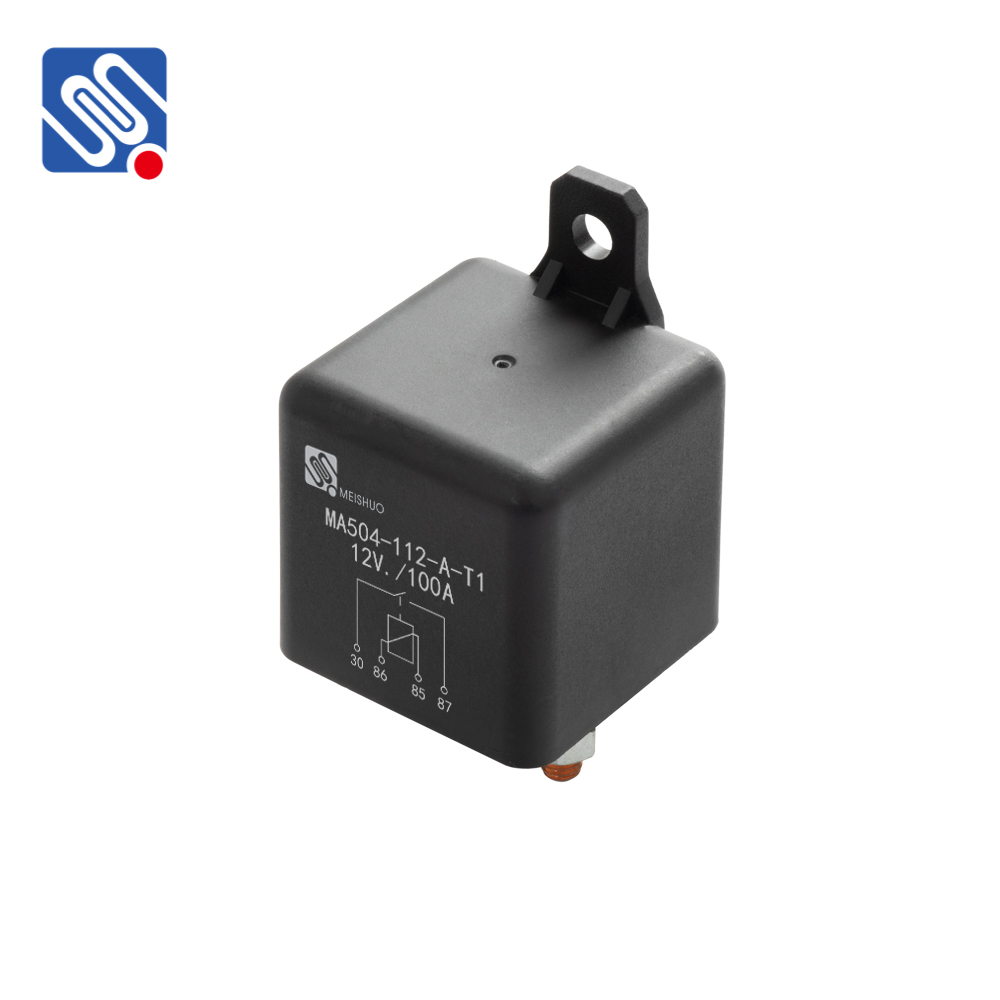In modern electrical engineering, the relay load is a fundamental concept that plays a crucial role in various control systems, ranging from simple home automation to complex industrial applications. A relay is an electromechanical switch that allows low-voltage signals to control high-voltage devices, providing a critical interface between logic systems and substantial electrical loads. Understanding relay loads, their operation, and applications is essential for anyone involved in electrical design or automation.

The basic working principle of a relay involves an electromagnetic coil, which, when energized, produces a magnetic field that attracts a movable armature. This armature, in turn, opens or closes the contacts within the relay, effectively controlling the flow of electricity to the connected load. The beauty of using a relay lies in its ability to control high-power devices while operating at low power input, making it a perfect candidate for automation tasks. Relay loads can be classified into three primary categories: resistive, inductive, and capacitive. Resistive Loads: These are the simplest types of loads, where the electrical energy is converted directly into heat. Common examples include incandescent light bulbs and electric heaters. When working with resistive loads, the relay can operate efficiently without significant complications, as the current draw is relatively easy to predict and manage.